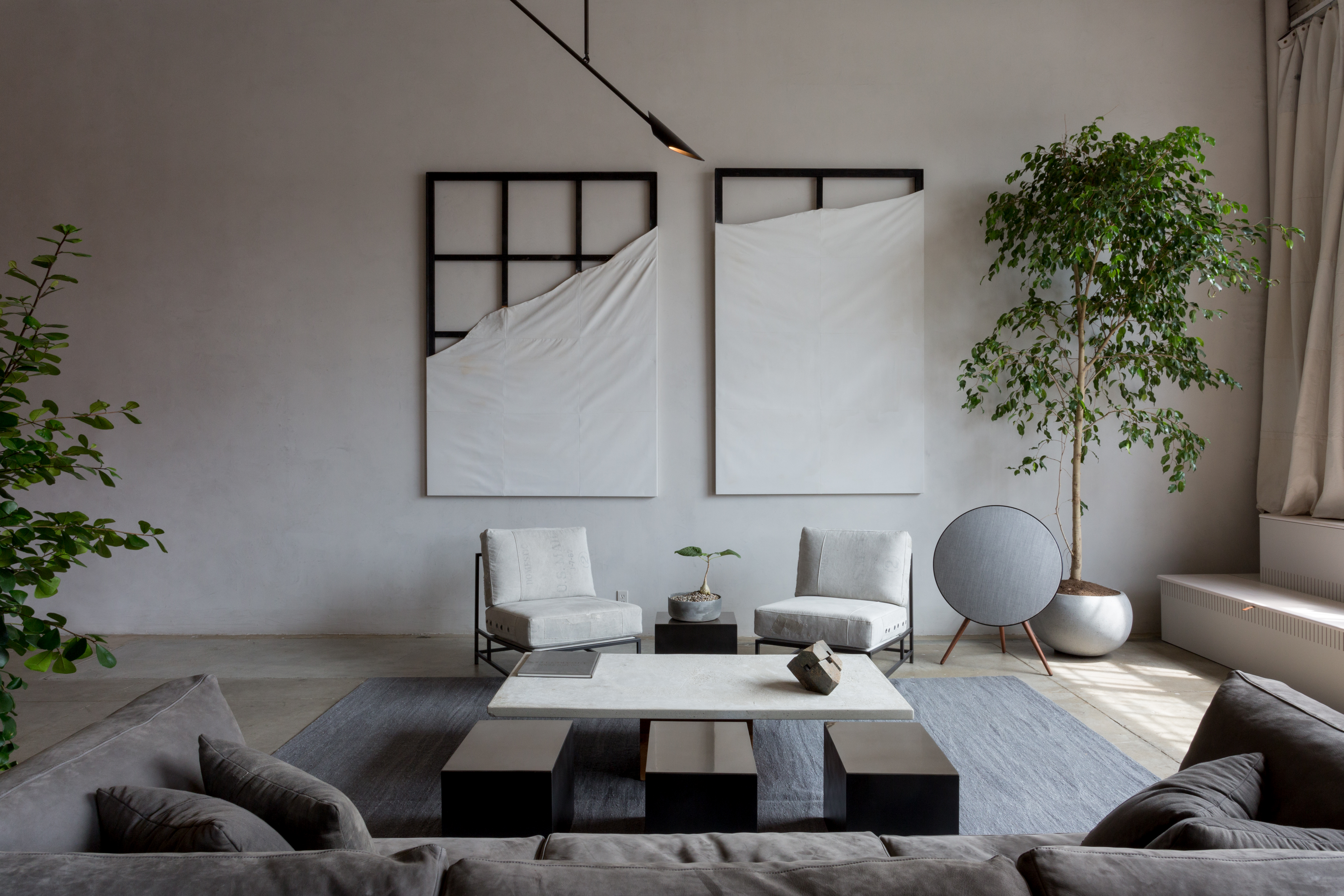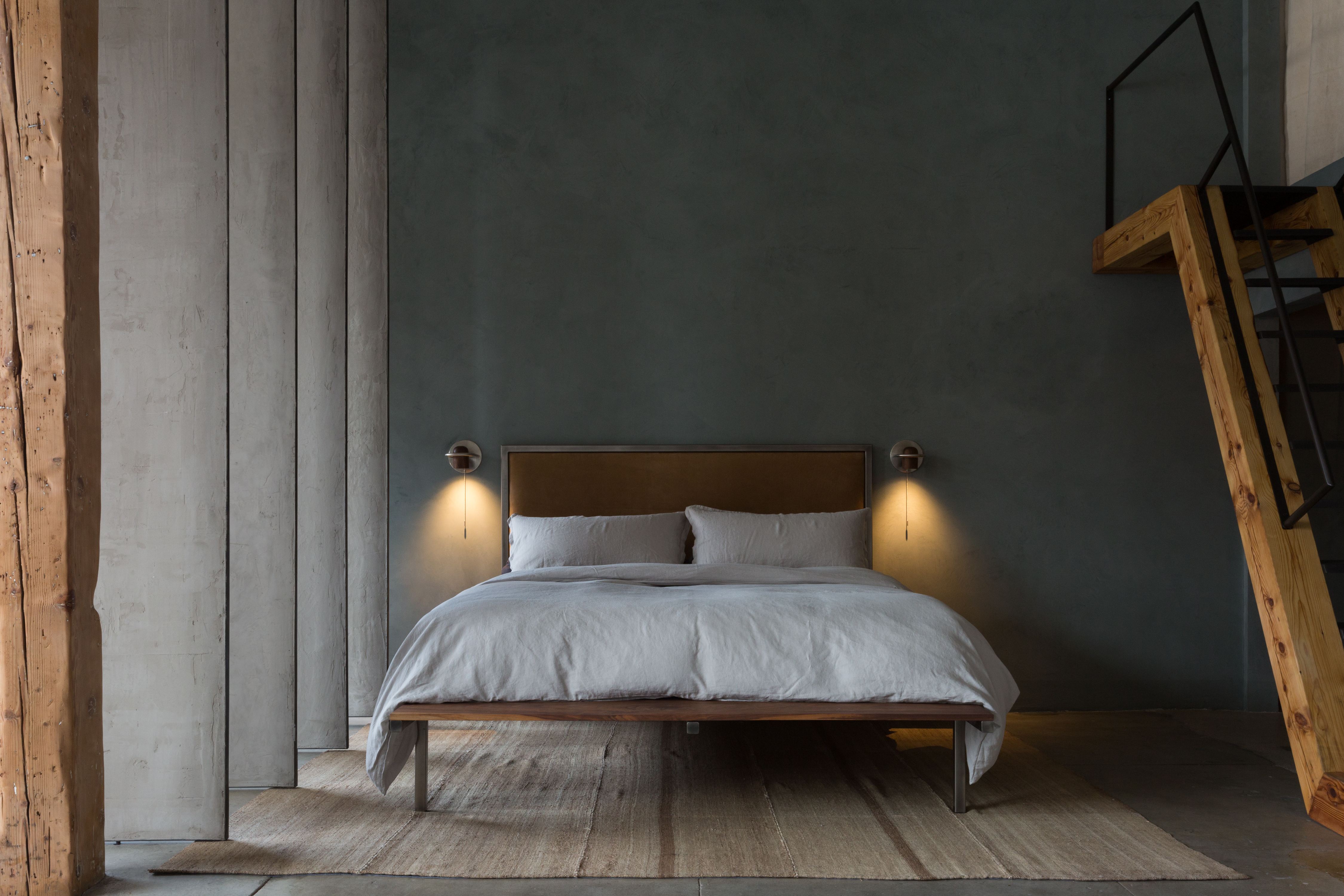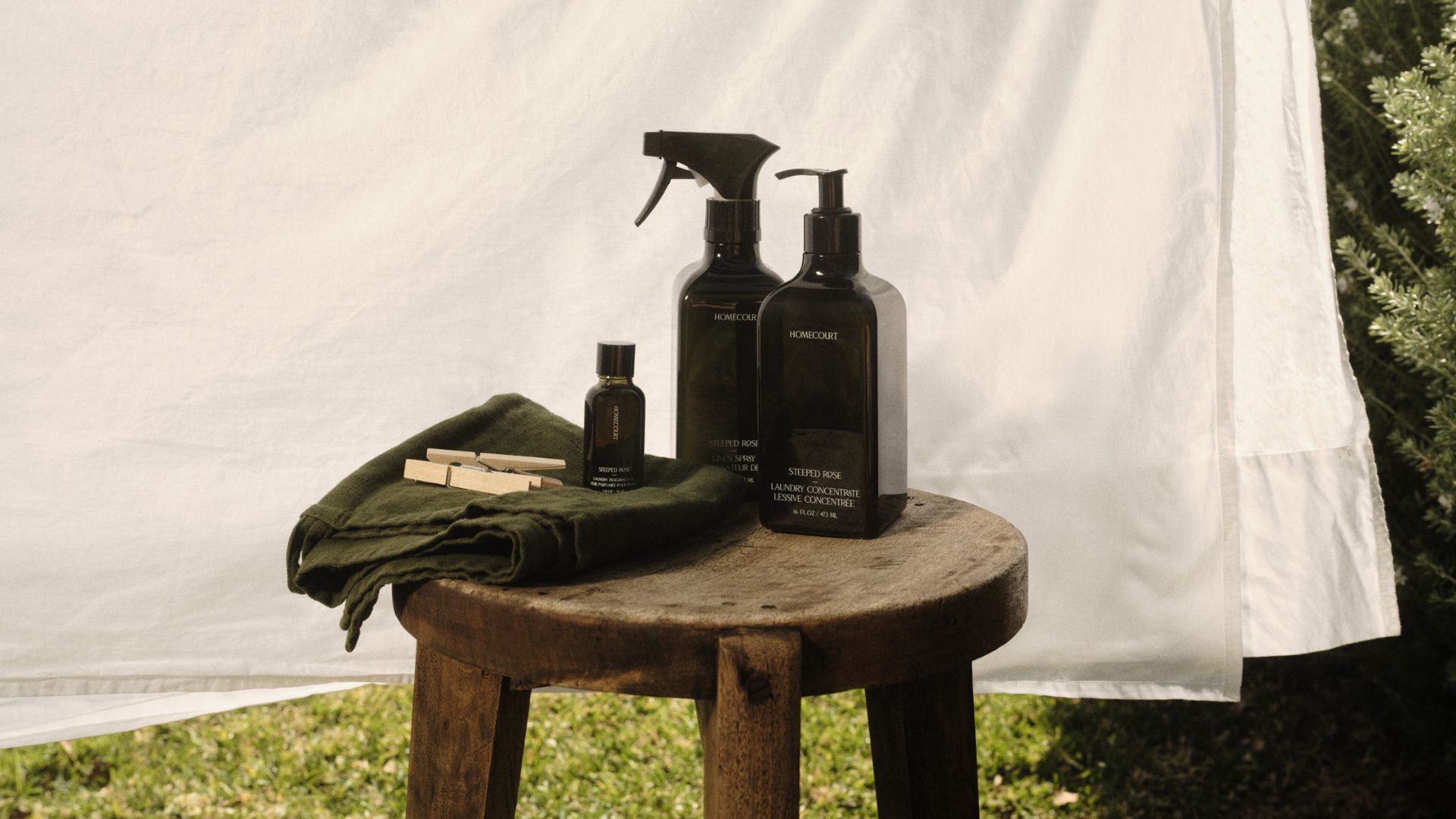What is Roman Clay paint? How to use the limewash alternative interior designers love
Roman Clay paint creates a beautiful mottled texture for walls. Here's how to use it, and how it differs from a limewash finish


If you're wondering what Roman Clay paint is, you wouldn't be the only one. This type of paint isn't the sort that you're likely to see in your local hardware store, however, top interior designers are learning to appreciate the beautiful effect it has for finishing walls.
With a mottled appearance similar to limewash or Venetian plaster, Roman Clay is a specialty paint finish with a consistency much thicker than regular paint. When used in design, it resembles natural stone with a soft, chalky texture.
'Roman Clay is a matte, lime-based plaster that is applied with a knife or trowel to interior walls,' says Jamie Davis, co-founder of Portola Paints, the biggest commercial manufacturer of Roman Clay paint. 'It is a cheaper, easier alternative to stucco, concrete, or other similar finishes.'
If you're keen to experiment with a different kind of wall texture, here's all you need to know about Roman Clay paint and how you can incorporate it into your design.

Lilith is an expert at following news and trends across the world of interior design. She's committed to helping readers embrace their creativity by sharing practical guides on how to make the most out of painting your home. For this piece she researched everything there is to know about Roman Clay paint and how best to incorporate it in our designs.
What effect does Roman Clay paint have?
Similar to limewash paints, Roman Clay has a matte finish with a mottled coloring. Both leave a beautiful, cloudy effect on the walls which creates an unusual aesthetic that adds texture and depth to a space. Design-wise, the most significant difference is that Roman Clay comes in a variety of colors, allowing you to be bolder with your design decisions.
'Adding a plaster or stone-like effect to your walls is a great way to breathe life into a space,' says Jamie of Portola Paints. 'Though there is plenty of visible movement and dimension in the finish, it goes on smoothly and has a soft, velvety feel.'

Where does it work best in the home?
The artisanal appearance of Roman Clay paint makes it especially suited to a home with a Mediterranean vibe or a modern rustic feel, but, from a practical point of view, this paint finish can be used anywhere in your home. Unlike limewash, it doesn't need a specifically porous wall.
From a design perspective, it makes a great statement as an accent wall, helping to bounce light around a room with it's slight sheen. 'While entire homes painted with Roman Clay are stunning, it can be a great way to add a little texture here and there as accents,' explains Jamie. 'Many of our customers will start by painting a powder room, a fireplace, a range hood in a kitchen, or a wall behind the bed in a bedroom.'
A post shared by Portola Paints (@portolapaints)
A photo posted by on
What is the difference between limewash and Roman Clay?
While they bear a visual similarity, the main different between Roman Clay and limewash paint lies in their application. 'While Roman Clay is applied with a knife in sweeping motions, limewash is brush applied, typically in a sort of cross-hatch pattern,' says Jamie. 'Roman Clay gives a softer, more suede-like feel.'
The consistency between the two paints also varies. Traditionally, limewash has a watered down base which leaves a patina finish on the walls. Roman Clay on the other hand is much thicker, hence why it's applied with a joint knife (also known as a drywall knife). Due its consistency, it's only suitable for painting interiors while limewash is a popular choice of exterior paint.
How do you seal Roman Clay?
Due to its chalky, stone-like texture, Roman Clay has to be sealed, especially in high traffic areas or spaces with higher humidity levels, like the bathroom. As well as the practical benefit of ensuring the paint lasts longer on your walls, there's a visual benefit to sealing Roman Clay, too. 'Our Roman Clay can be sealed with our Roman Clay Topcoat,' Jamie explains. 'It will add a slight eggshell sheen to the finish, giving a similar effect to a polished plaster.'
Be The First To Know
The Livingetc newsletters are your inside source for what’s shaping interiors now - and what’s next. Discover trend forecasts, smart style ideas, and curated shopping inspiration that brings design to life. Subscribe today and stay ahead of the curve.

Lilith Hudson is a freelance writer and regular contributor to Livingetc. She holds an MA in Magazine Journalism from City, University of London, and has written for various titles including Homes & Gardens, House Beautiful, Advnture, the Saturday Times Magazine, Evening Standard, DJ Mag, Metro, and The Simple Things Magazine.
Prior to going freelance, Lilith was the News and Trends Editor at Livingetc. It was a role that helped her develop a keen eye for spotting all the latest micro-trends, interior hacks, and viral decor must-haves you need in your home. With a constant ear to the ground on the design scene, she's ahead of the curve when it comes to the latest color that's sweeping interiors or the hot new style to decorate our homes.
-
 Courteney Cox Just Launched Laundry Care Into Her Surprisingly Chic Home Fragrance Line — And Yes, You Can Buy It in the UK
Courteney Cox Just Launched Laundry Care Into Her Surprisingly Chic Home Fragrance Line — And Yes, You Can Buy It in the UKIf you loathe doing laundry, maybe you need something to motivate you through the chore. And Courteney Cox's new Homecourt laundry line could be just that.
By Amiya Baratan Published
-
 The Easiest Way to Turn Your Designer Scarf Into Wall Art — No Frame, No Fuss, No Regrets
The Easiest Way to Turn Your Designer Scarf Into Wall Art — No Frame, No Fuss, No RegretsBecause silk this pretty should never stay in a drawer
By Julia Demer Published